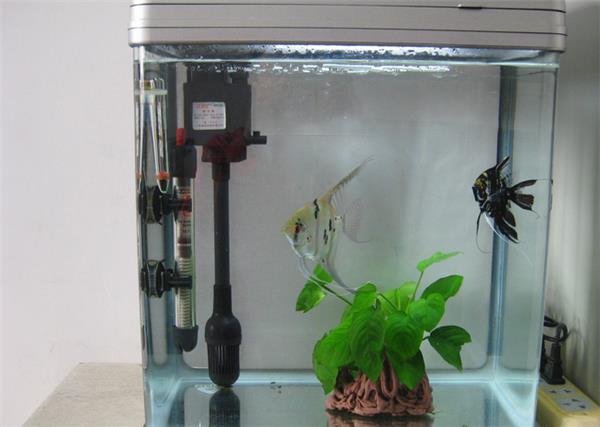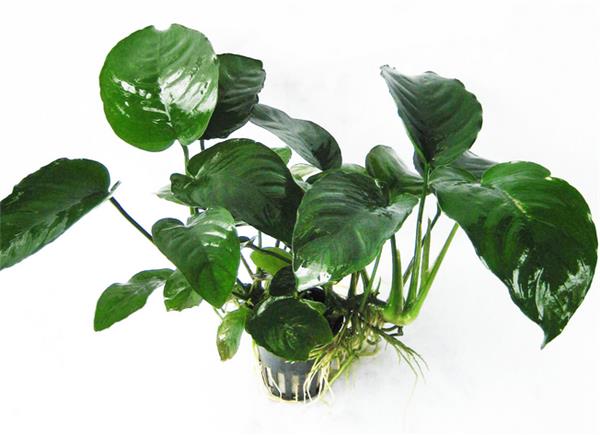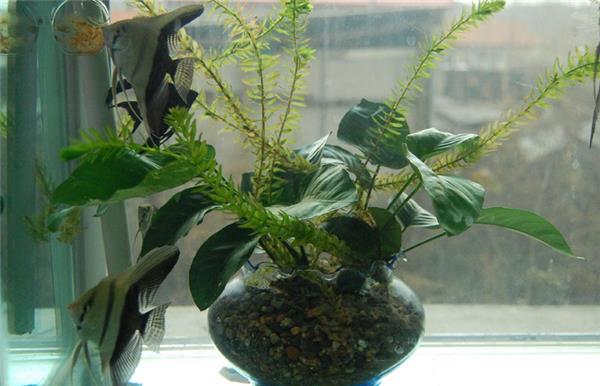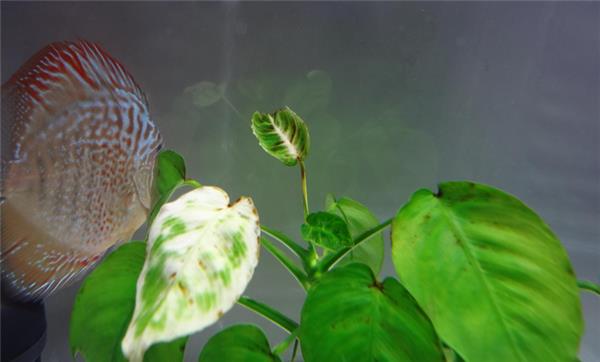Introduction of water banyan and culture methods to give fish a green space
Water banyan is an aquatic plant. It can be watched in water or in a fish pond. Mini banyan grows slowly and is very suitable for farming in a small fish tank. Now let's take a look at the knowledge of banyan.

I. introduction of water banyan
Water banyan is a kind of aquatic plant which is very resilient and easy to grow in West Africa. The species of water banyan is centered in Cameroon and has branches in West Africa. Compared with other aquatic plants, the cultivation of water banyan is very resilient and easy to grow. However, if it is cultivated randomly, the rhizome will slowly rot and dwarf, which will eventually lead to wilting. Although some banyans can still grow in low light, enough light can make the water plants thrive.

2. Morphological characteristics of water banyan.
Water banyan has the nature of climbing and can be attached to driftwood or rocks to grow. On the other hand, the mini banyan grows slowly and is suitable for breeding in a small fish tank.
Third, the ecological habits of water banyan.
Water banyan is a semi-negative aquatic plant.

4. Cultivation techniques of water banyan.
1. Lighting
Although some banyans can still grow in low light, enough light can make the water plants thrive.
2. Water quality
Water is harder because in soft water without limestone, brown roots rot. The nitrate content should be low. Because the production of algae comes from the deposition of nitrate and the deposition of fish excrement, attention should be paid to the number of fish and the amount of food they are fed.
3. Carbon dioxide
Water banyan can grow without adding carbon dioxide, but if the leaves are to flourish, it is still necessary to add carbon dioxide.
4. Fertilizer
The bottom bed should have enough base fertilizer, and liquid fertilizer is also needed, because the roots of water banyan account for 70% of the total nutrients, and leaves account for 30%.
5. Temperature
The suitable temperature for growth is 22-30 ℃.

Fifth, the culture method of water banyan
Water banyan is more commonly used as water plant landscaping, is a very flexible and easy to plant. However, if we do not pay attention to the methods of cultivation, the water banyan will also have rotten roots and leaves, so how should we deal with this situation? In summary, the main causes of rotten roots and leaves may be due to changes in PH value, soft and hard water quality, or lack of (unsuitable) light, or lack of fertilizer and carbon dioxide. Under the influence of so many reasons, water banyan is prone to rotten roots and leaves. In order to solve this situation, as growers, they should first find out the causes of rotten roots and leaves of water banyan, and do not start rescue work casually before figuring out the cause. We must wait for the cause to be found, and then we can prescribe the right medicine and carry out targeted treatment. In order to diagnose the causes of rotten roots and leaves of water banyan, we should mainly start from the aspects of water quality, light, fertilizer and so on. Start with the water quality environment and start the investigation one by one. Note that the criteria for investigation are in accordance with the requirements for the water environment for the healthy growth of water banyan. After problems are found, timely adjustments should be made to alleviate the rotten roots and leaves of water banyan, so as to ensure that water banyan can grow slowly and healthily.
The above is the knowledge of water solution. I hope I can help you.
Related
- Wuhan Hospital Iron Tree Blooming Result Was Instantly Frightened by the Gardener Master
- Which variety of camellia is the most fragrant and best? Which one do you like best?
- What is the small blue coat, the breeding methods and matters needing attention of the succulent plant
- Dormancy time and maintenance management of succulent plants during dormancy
- Minas succulent how to raise, Minas succulent plant pictures
- What are the varieties of winter succulent plants
- How to raise succulent plants in twelve rolls? let's take a look at some experience of breeding twelve rolls.
- Attention should be paid to water control for succulent plants during dormant period (winter and summer)
- Watering experience of twelve rolls of succulent plants
- Techniques for fertilizing succulent plants. An article will let you know how to fertilize succulent plants.



